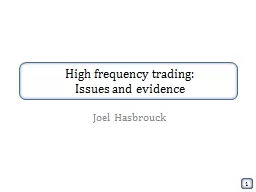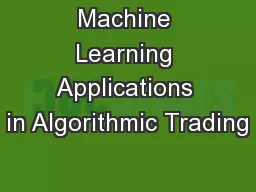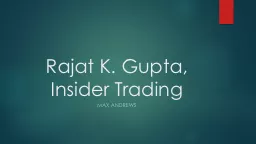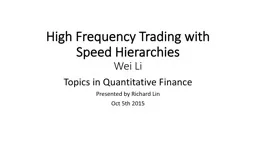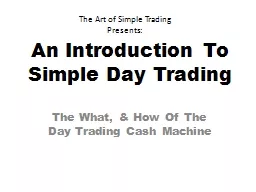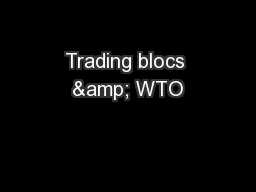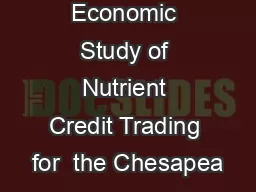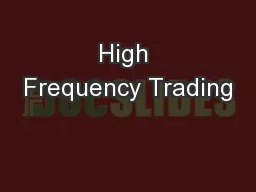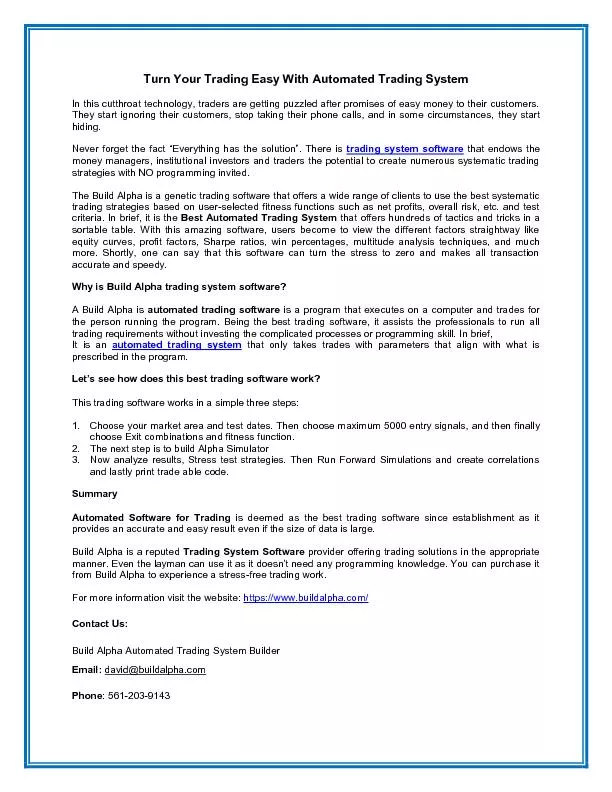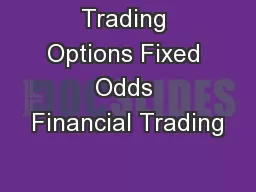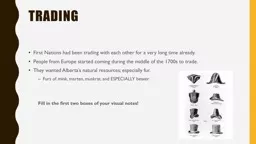PPT-High frequency trading:
Author : tawny-fly | Published Date : 2016-11-09
Issues and evidence Joel Hasbrouck 1 The US Regulatory Perspective US CFTC Draft Definition May 2012 High frequency trading is a form of automated trading that
Presentation Embed Code
Download Presentation
Download Presentation The PPT/PDF document "High frequency trading:" is the property of its rightful owner. Permission is granted to download and print the materials on this website for personal, non-commercial use only, and to display it on your personal computer provided you do not modify the materials and that you retain all copyright notices contained in the materials. By downloading content from our website, you accept the terms of this agreement.
High frequency trading:: Transcript
Download Rules Of Document
"High frequency trading:"The content belongs to its owner. You may download and print it for personal use, without modification, and keep all copyright notices. By downloading, you agree to these terms.
Related Documents

